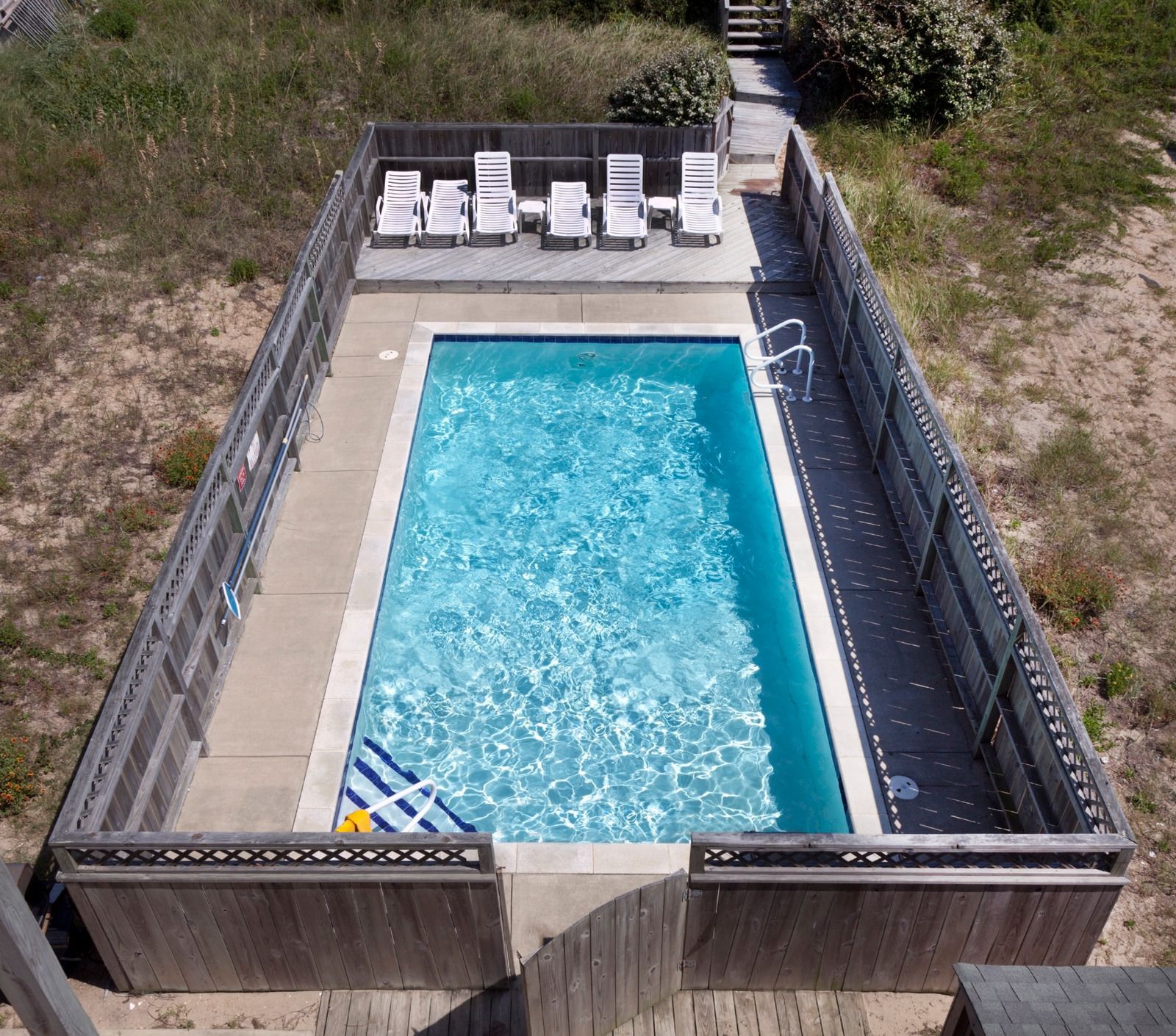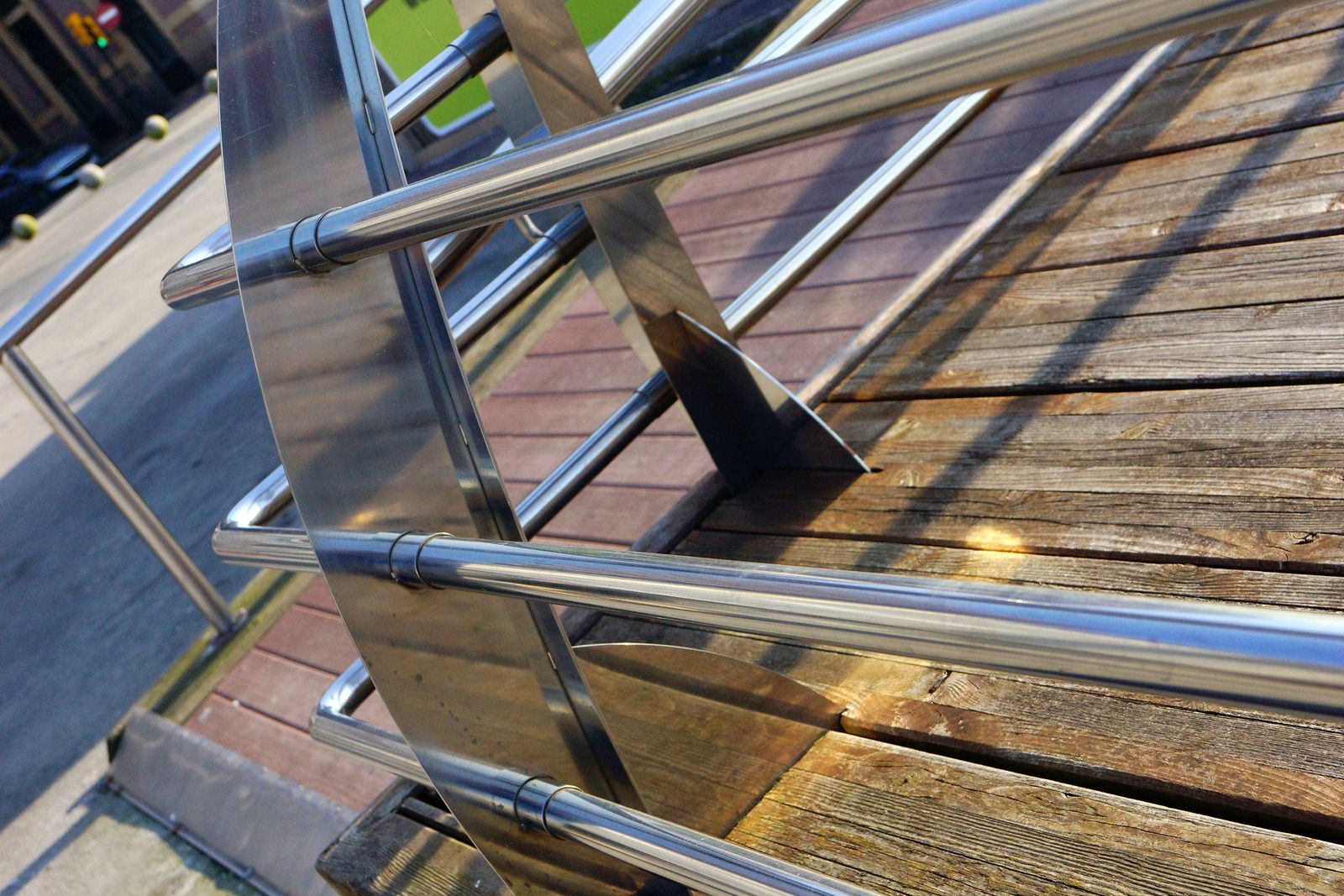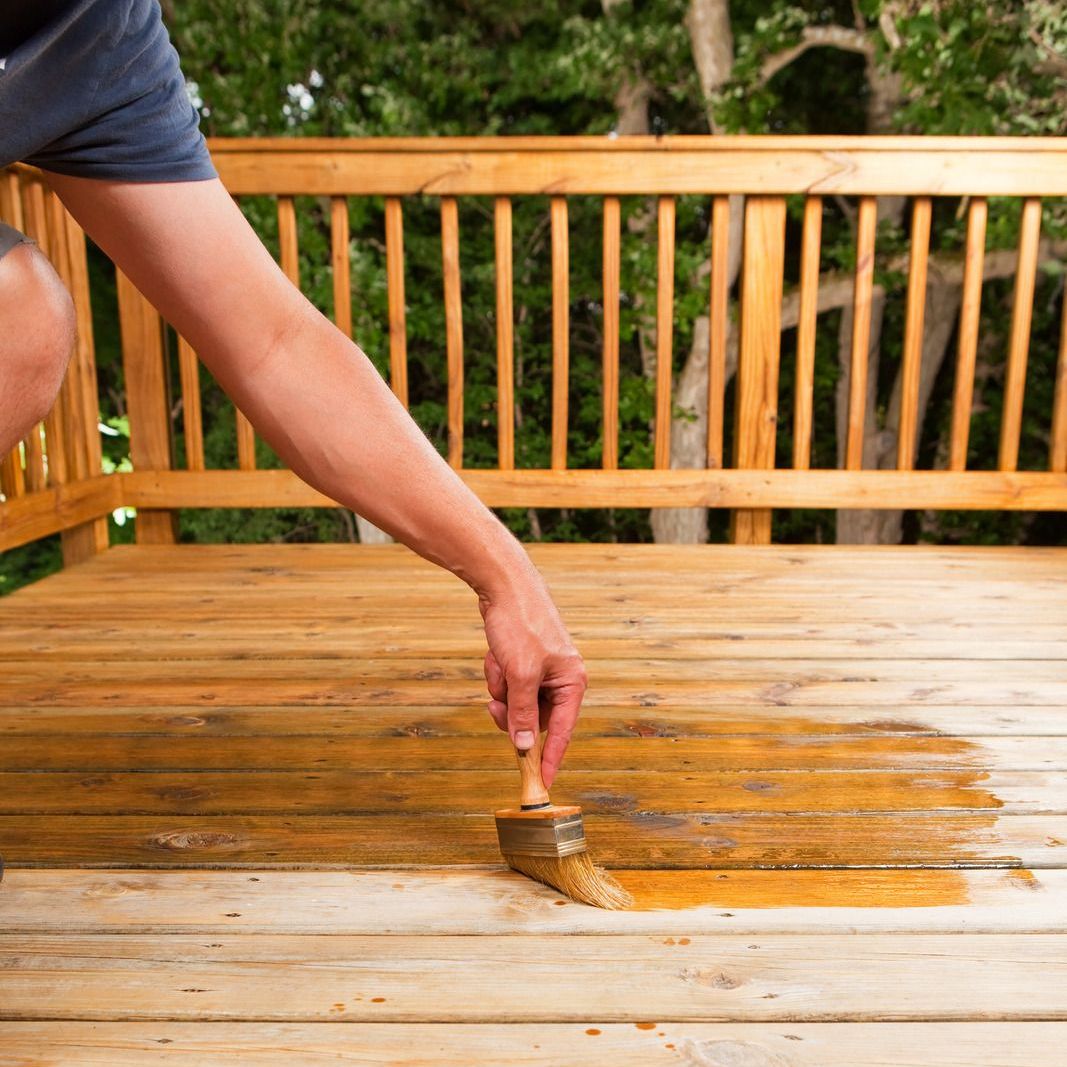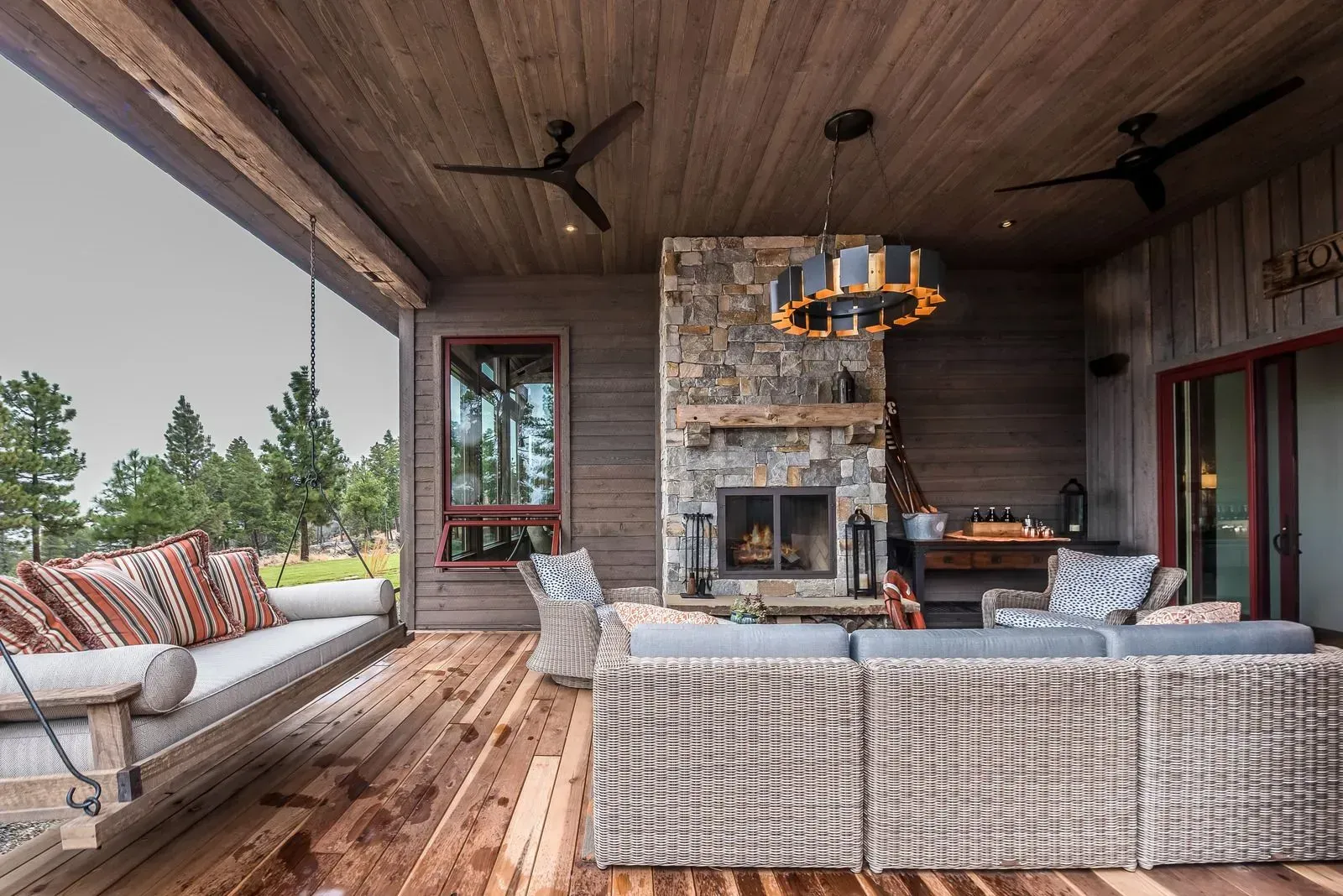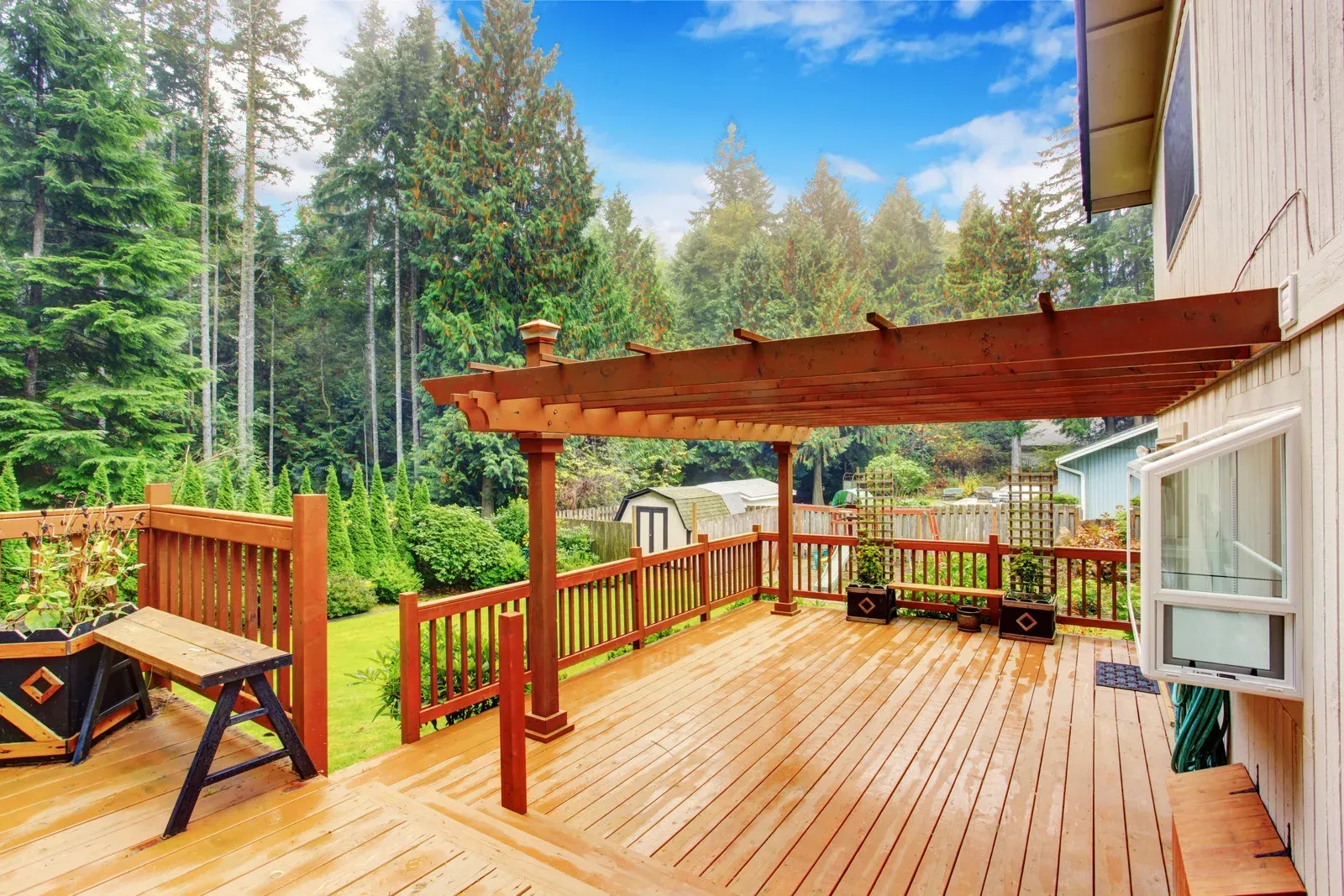CALL US: (470) 823-1845
GET YOUR QUOTE TODAY - CALL US (470) 823-1845
Service Areas
Braselton, GA | Buford, GA | Clermont, GA | Cleveland, GA | Commerce, GA | Flowery Branch, GA | Gainesville, GA | Hoschton, GA | Jefferson, GA | Lula, GA | Maysville, GA | Oakwood, GA Cumming, GA Dawsonville, GA | Winder, GA |
© 2025
Maendel Construction, LLC




